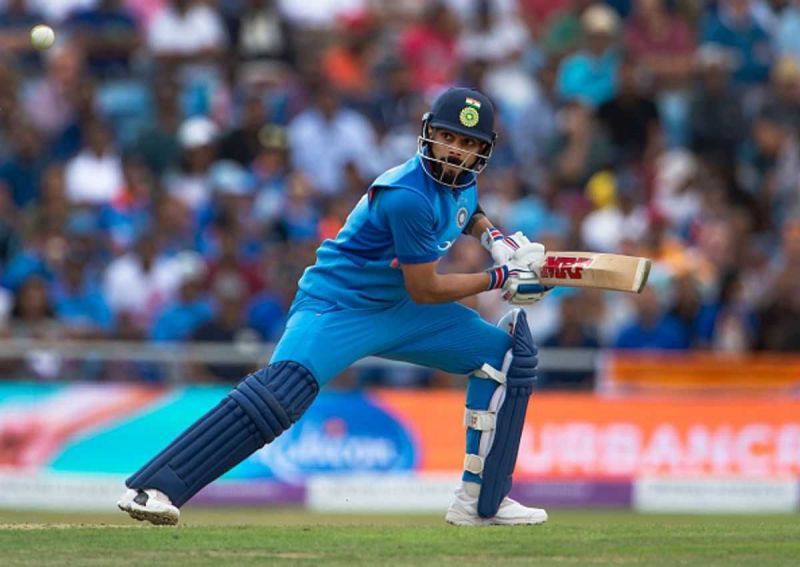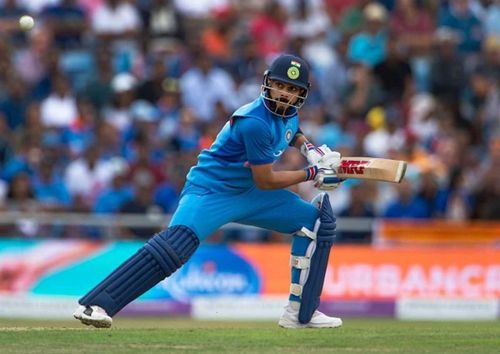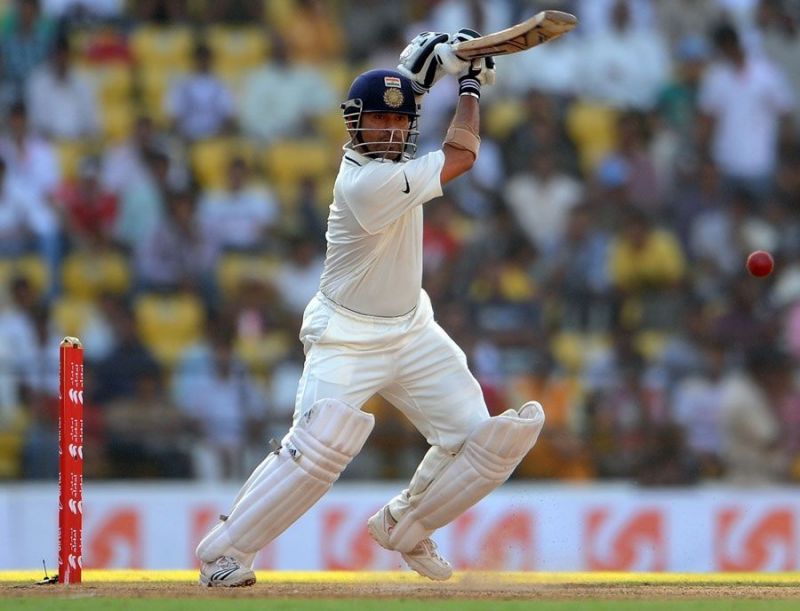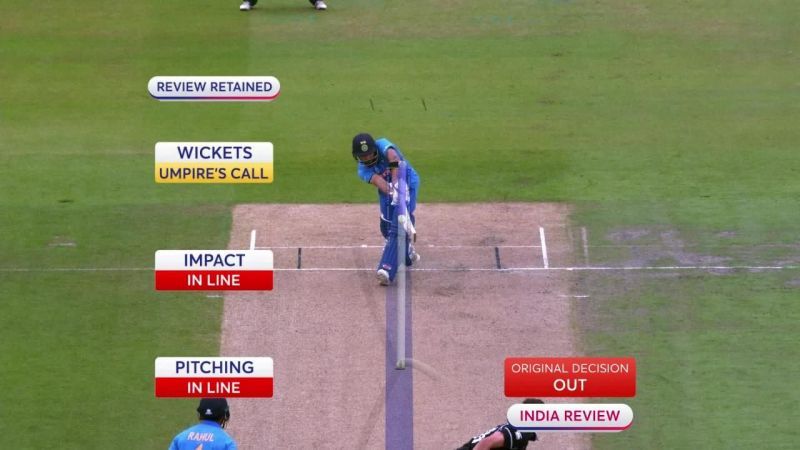
Does a back-foot problem beset modern batsmen?

Since 2017, Test cricket has been played at a very high level. An underlying factor for the same can be attributed to the resurgence of high-quality fast bowling.
With the likes of Jasprit Bumrah, Pat Cummins, Jofra Archer, Shaheen Afridi, Trent Boult, Kagiso Rabada, Lungi Ngidi and Kemar Roach to name a few, Test cricket has been quite a struggle for the batsmen.
Never has a wicket fallen at a faster rate in Test history than in the 2018-19 season. There has been an increase in the number of batting collapses arising out of top-order failures.
Are modern batsmen unsure off their back-foot?

To understand how the modern-day batsman goes about his game, let's take the example of Virat Kohli. The Indian skipper is the archetypal modern-day batsman. Kohli's game, by and large, involves shots on the front foot, drives through the covers and powerful flicks through mid-wicket using his wrists.
The 31-year-old's game depends so much on forward pressing that he never hedges. He is always willing to take the bowler on his front foot. It is seemingly made easier for him because he trusts his eyes and quick reflexes to play any delivery on his pads.
Kohli gets beaten at times, but he doesn't get too flustered. He nicks a few to the keeper and slips. Occasionally, he even gets beaten by inswingers on his pads. The delivery in the World Cup semifinal that Trent Boult brought back into the right-hander caught Virat Kohli playing far across and was adjudged out LBW.

But it indicates one major flaw— the inability or refusal to change the approach. Let's go back to Boult's setup against Kohli. Boult bowled one that went away from the right-hander which the Indian captain played and missed. He even acknowledged it with a smile.
Kohli was looking to protect himself against the outswinger by moving across. He was confident he could flick or in the worst event get an inside edge if Boult bowled an inswinger. Boult brought the ball back into Kohli, and the conditions at Old Trafford meant that the ball swung more than what the batsman expected.
The Indian captain's head was in an awful position. It went far too across. Kohli missed the line of the ball, and eventually India's World Cup dreams were shattered.
In this context, it's essential to realise what a flaw means. Hypothetically if the same ball is bowled, Virat Kohli would face it comfortably six or even seven times out of ten. If any other ball is bowled, he would face it comfortably perhaps on nine out of ten occasions.
We are talking about an all-time great here. So obviously it doesn't mean that Kohli would get out every time or on most occasions. But it is easy to observe that the probability of him getting out to that one kind of a ball is more than the other balls, ceteris paribus. This is the result of a 'flaw'.
Kohli has the backfoot drive in his armoury, but he only chooses to employ it in the shorter formats. This indicates the greater risk he associates with the shot or his technique while playing it, in the process refraining its usage in the longer form of the game.
Like Sunil Gavaskar once said during a panel discussion, if Kohli had the traditional square cut, he would have been averaging above 57 in Test cricket. For one, it will reduce his tendency to play the cover drive, a shot that brings 28% of his runs in Test cricket but also gets him out frequently.
Is the quality of swing bowling to blame?

Simply put, the flaw that we discussed earlier, creeps in because a batsman refuses to approach a ball on the backfoot. If Kohli had a very confident back foot game, he wouldn't go far too across on his front foot. Doing so makes a batsman vulnerable to movement, mostly the away movement and occasionally, the inswing. It is an issue that most present-day batsmen face. There is a correlation between the massive decline of the traditional square cut and the backfoot drive and vulnerability to swing bowling in today's game.
Of course, swing bowling was never easy to play in any era of cricket, to begin with. But today's batsmen look more vulnerable against it than the previous generation. The lack of shots on the backfoot along with a fixation with one kind of trigger movement, or in layman terms, a singular approach, is the major reason that contributes to the malaise.
Steve Smith and Kane Williamson are two notable exceptions, though. KL Rahul is another batsman who has multiple approaches to face swing bowling because of his wide range of strokes, both on the front foot and back foot. However, whether it translates into an excellent record or not is an entirely different debate.
As mentioned earlier, despite lacking in his backfoot play, Virat Kohli has an excellent Test record. He has accumulated runs everywhere in the world, and yet, it is still a flaw in his game. But then again it is Virat Kohli, he is an exception and good one at it, in most cricketing arguments.
Cricket romantics would invariably wish that the batsmen today possessed more tools. With the kind of bowling talent that exists today, batsmen with an all-round game would make for a good viewing. But at the same time, it remains to be seen how many batsmen are willing to put in the time and effort to hone a skill when their existing skill-set is working well for them in the shorter formats.